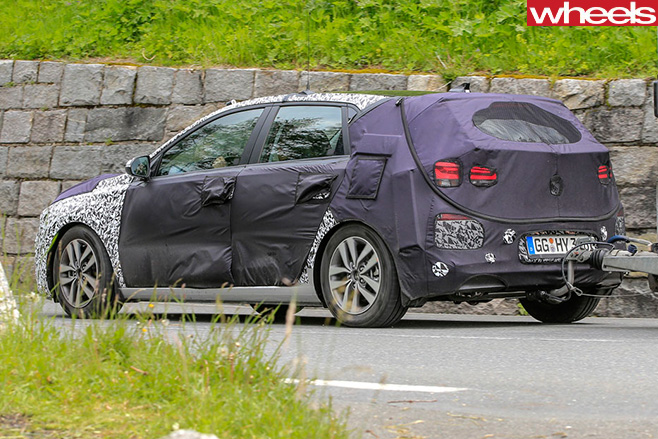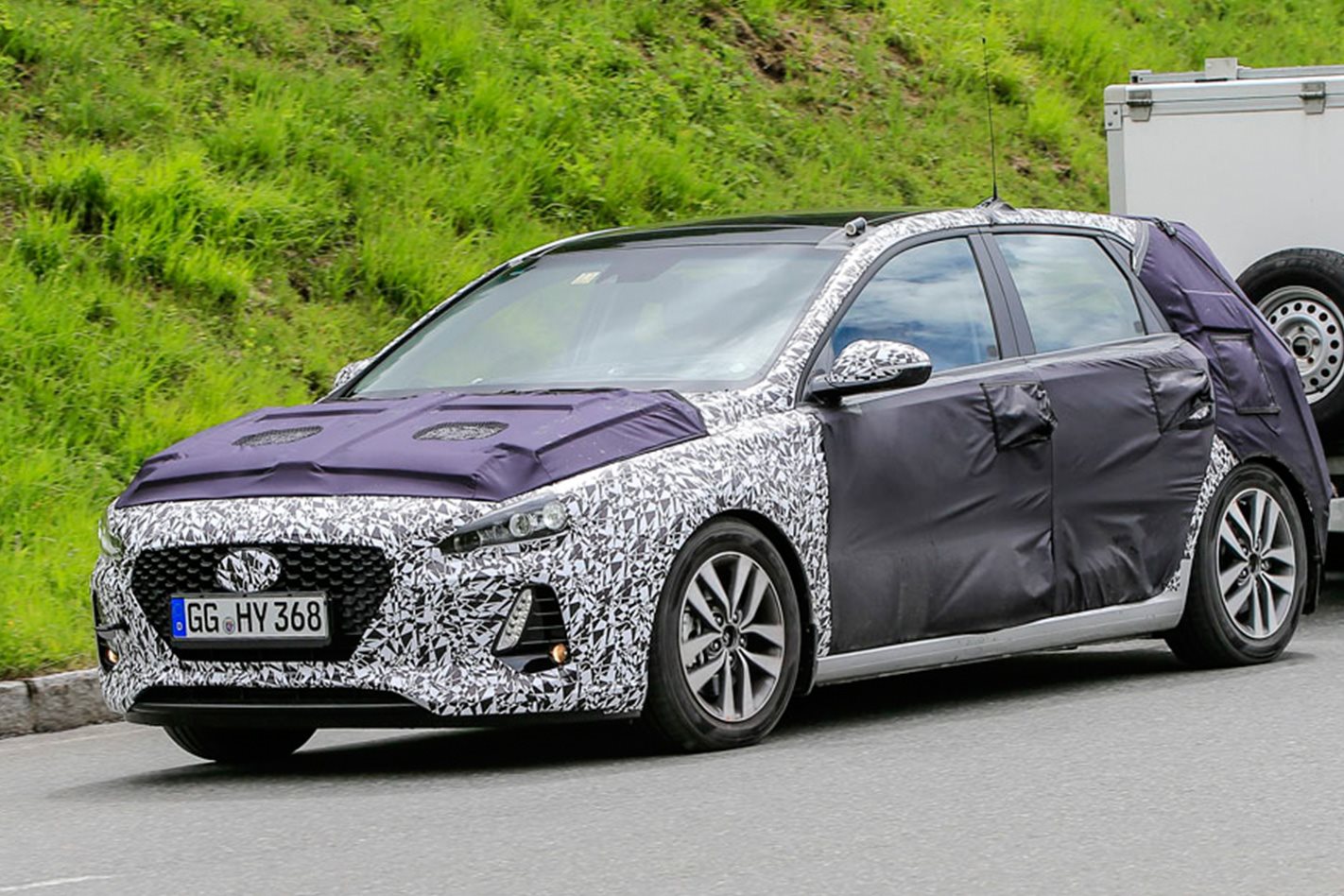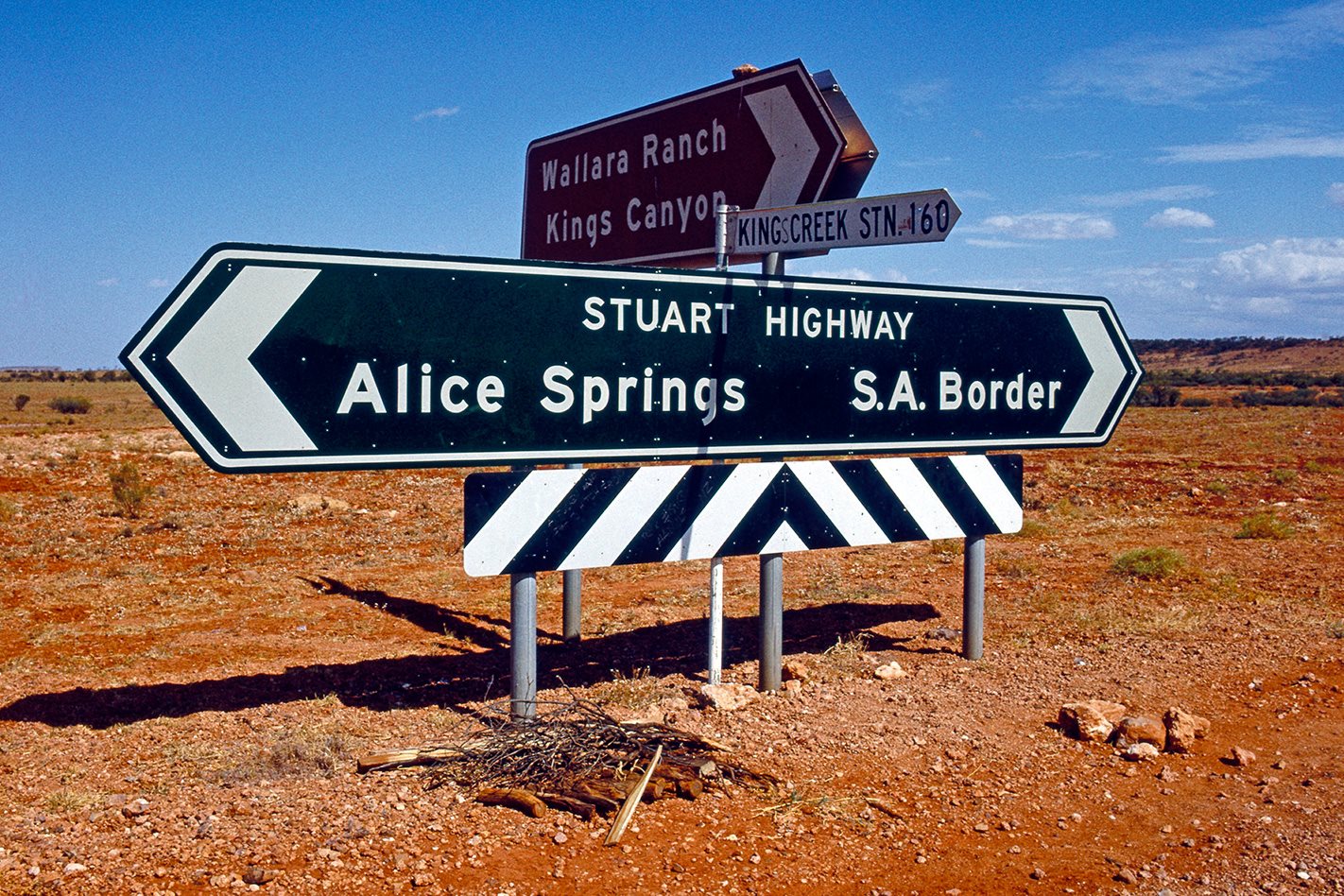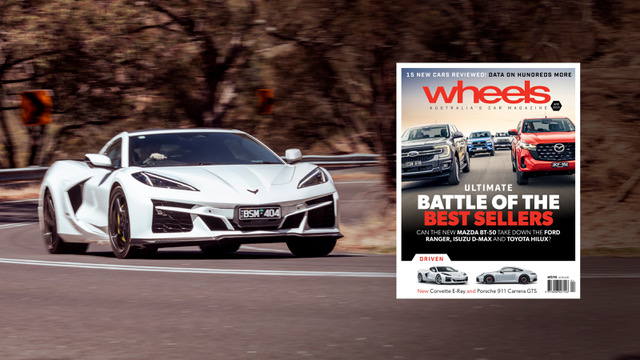HERE IS the next-generation Hyundai i30, completing testing in Germany ahead of a likely Paris motor show debut this September. But don’t expect to see it in Australian dealerships before the middle of 2017.
Styled under ex-Audi designer Peter Schreyer’s watch, the third iteration of the Korean brand’s bestseller forsakes the fussy look of the existing four-year old version, for a more Euro-centric conservatism, as it steps up against the Volkswagen Golf, Opel-sourced Holden Astra, Peugeot 308, Renault Megane, and Ford Focus.
To that end, look for a longer bonnet, more upright proportions, thinner pillars, a larger glasshouse, and sleeker headlights, framing the corporate hexagonal grille treatment as seen on the closely related Elantra sedan.
Of course, this does not mean Hyundai will abandon its epic battle against the popular Mazda 3 and Toyota Corolla for the title of Australia’s bestselling car, so base pricing will most probably remain at the $20,000 level it is today, rising up to the mid-$30K mark.
While a peek inside isn’t possible from the images provided, we hear that that rear-seat space will improve, while the current i30’s fussy vertical-stack dashboard layout will give way to the neater (if blockier) horizontal item as per the latest Elantra. Not as distinctive, perhaps, but the switch points to a more elegant fascia with fewer buttons courtesy of a sizeable central touchscreen.

However, European-market (and Czech Republic made) i30s such as the three-door and spacious five-door wagon employ a multi-link back end, so some variants may still sport the more sophisticated suspension set-up in future guises.
Speaking of which, the Mk3 i30 will eventually include the Volkswagen Golf R, Ford Focus RS, Peugeot 308 GTi 270, and Renault Megane RS chasing i30 N high-performance flagship, reportedly powered by a 2.0-litre four-cylinder turbo firecracker capable of delivering nearly 200kW of power and 300Nm of torque to the front wheels via a six-speed manual or dual-clutch transmission. An electronically controlled mechanical limited-slip differential and properly sorted tuning on the Nurburgring ought to keep the front axle from spinning away all that grunt.
We believe that while the i30 N will match or even eclipse its European foes in terms of total performance output, the pricing will be very sharp indeed – more in line with the $40,000 Golf GTI than the circa-$55K Golf R 4Motion.
Moving away from the hot-hatch brigade, most versions are expected to utilise the Elantra’s 112kW/192Nm 2.0-litre atmo four-cylinder engine, with more salubrious i30s set to gain either the current SR’s 124kW/201Nm 2.0-litre engine, or a variation of the Veloster’s 150kW/265Nm 1.6-litre GDI Gasoline Direct Injection turbo. Whether we see a return of the i30 turbo-diesel to replace the existing 100kW/300Nm 1.6-litre CRDi models is unknown.
With less than 500 units separating the current i30, Mazda 3, and Corolla from the top of the sales charts, the importance of the next-gen Hyundai i30 cannot be overstated. Roll on 2017.
Have spy pics of your own? We’d love to see them. Just email them to wheels@bauertrader.com.au





